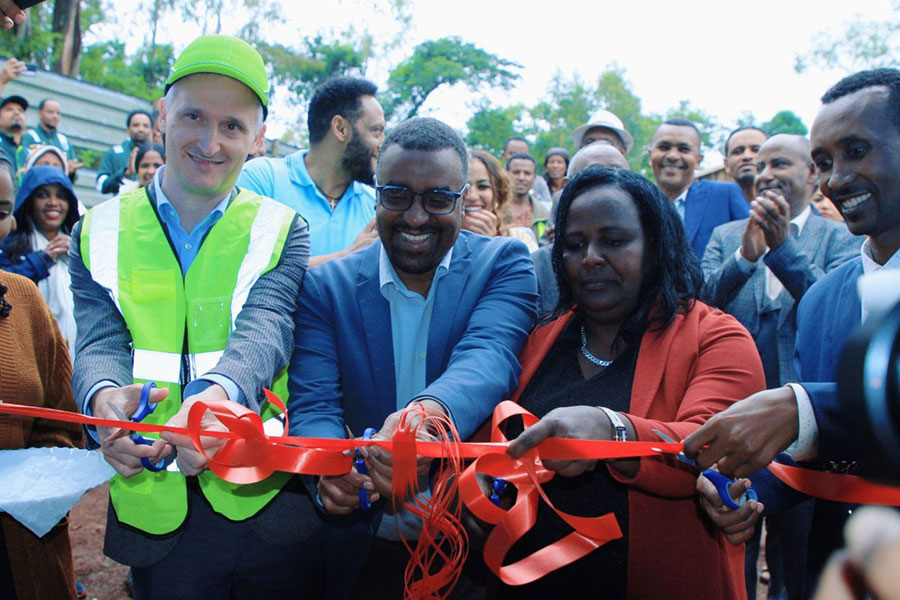
Oct 5 , 2024
By Eden Sahle
Last week, during an evening drive, my family and I narrowly escaped a catastrophic road accident.
As we followed a car ahead, it suddenly swerved to avoid a barricade of stones that had been placed without signals on a road awaiting repair. We simulated the manoeuvre, nearly colliding with a fuel truck trailing us. Miraculously, no vehicles crashed, perhaps because of the lowered speed at that hour. But this incident reminded us of a perilous reality that it is not uncommon to encounter unexpected obstacles on roads, especially with ongoing corridor developments and inadequate traffic signage.
Drivers navigating these hazardous roads deserve commendation. Imagine traversing streets where sewer systems are clogged, rock barriers block passage, and floods conceal these dangers entirely. A few drivers, anticipating such risks, proceed cautiously, averting potentially fatal crashes. However, placing rocks on the streets as makeshift warnings creates more danger than it prevents. Potholes remain unmarked, inviting vehicles to plunge into them.
The absence of essential traffic control devices — signs, signals, and reflective markers — leaves drivers uninformed and vulnerable, adding strain to a city already overwhelmed by traffic accidents. Even the most vigilant drivers cannot always anticipate such hazards, leading to avoidable tragedies.
Africa, including Ethiopia, remains disproportionately affected by road crashes. According to the World Health Organization's (WHO) Global Status Report on Road Safety, the continent has a traffic fatality rate of 19.5 deaths for every 100,000 people, much higher than Europe's rate of 6.5 deaths. Road accidents are the leading cause of death for children and young adults aged five to 29 globally. Beyond the irreplaceable human loss, these accidents impede national development, costing countries an average of five percent of their GDP.
In Africa, research indicates the economic toll is even higher.
Despite having only 15pc of the world's population and three percent of vehicles, Africa accounts for nearly a fifth of global road accident fatalities, according to the WHO. In 2021 alone, 250,000 lives were lost on African roads. Over the past decade, road fatalities in Africa increased by 17pc, while the rest of the world saw a five percent decrease. This alarming trend jeopardizes the continent's efforts to halve road fatalities and injuries by 2030, a target outlined in the Sustainable Development Goals (SDGs).
Experts attribute this crisis partly to a lack of adherence to traffic rules and safety precautions. Unpreparedness for road safety is often visible. Consider workers installing new streetlights without protective gear. Technicians perched atop ladders are supported by groups holding poles, yet none wear helmets. Groundworkers lack helmets or high-visibility clothing, exposing them to risks from oncoming traffic and work-related accidents.
City officials are responsible for safeguarding road users and workers as part of their broader responsibility to protect public safety. Addressing potholes and hazardous intersections can reduce vehicle accidents. While the addition of eye-catching sidewalks, streetlights, pedestrian crossings, and road constructions is commendable for improving safety, authorities should not overlook the lurking dangers during these developments.
Allocating funds for high-visibility safety signs, signals, and temporary reflective markers could save precious lives, a relatively small investment compared to the cost of damages to public infrastructure. Road construction inherently carries risks, and the lack of safety features and protocols exacerbates the problem. Implementing these measures can reduce road accidents, injuries, and fatalities. Effective traffic management systems, physical safety infrastructure, and clear driver guidance should work in tandem to protect everyone.
Safety during road construction is critical for both workers and drivers. Construction zones present unique hazards: narrowed lanes, shifting traffic patterns, and heavy machinery. Protective signs, such as "Road Work Ahead," "Detour," or "Lane Closure" notices, should be placed well in advance to alert drivers. Properly positioned reflective signages can facilitate smooth traffic flow even amid construction. Introducing temporary lower speed limits at construction sites could reduce potential accidents and collisions.
Rather than using rocks, appropriate traffic equipment like cones and delineators should guide vehicles safely through work zones, avoiding driver confusion and preventing mishaps. Trained flaggers can manage traffic flow when lane closures or rerouting occurs due to construction activities. Neither should nighttime visibility be neglected. Roads should be adequately lit, and workers should wear reflective clothing to ensure they are visible to drivers, allowing for necessary precautions.
Development projects are essential and bring numerous benefits. However, as these projects proceed, cities must proactively prevent dangerous situations to ensure that improvements do not come at the cost of human lives or property.
PUBLISHED ON
Oct 05,2024 [ VOL
25 , NO
1275]

Commentaries | Jul 05,2025

Radar | Mar 18,2023

Commentaries | Oct 03,2024

My Opinion | Jun 21,2025
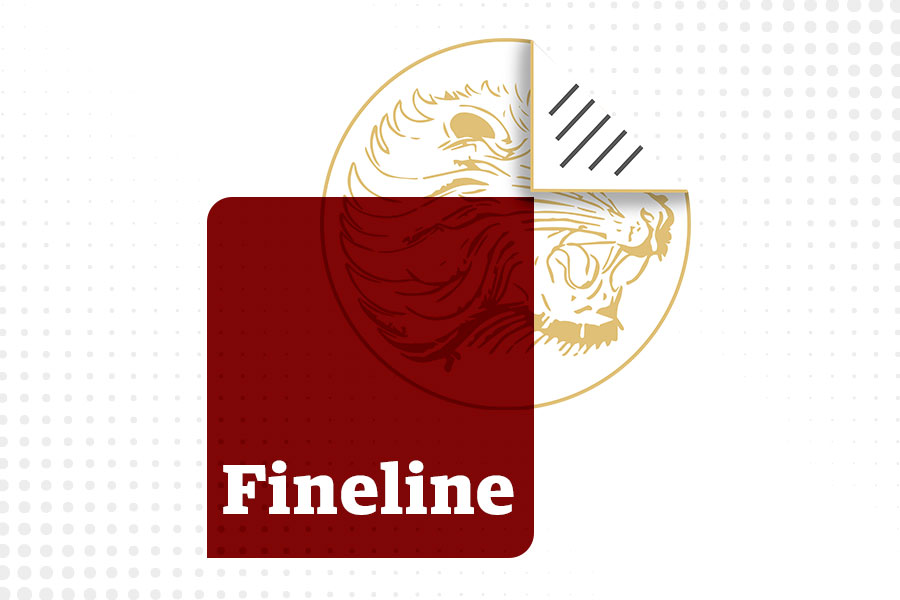
Fineline | Jan 15,2020
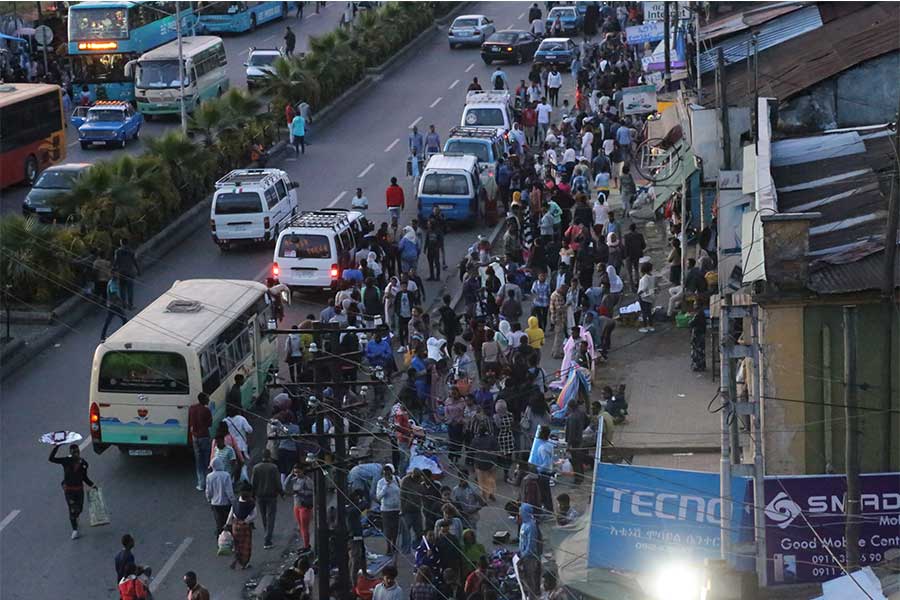
Agenda | Oct 19,2019
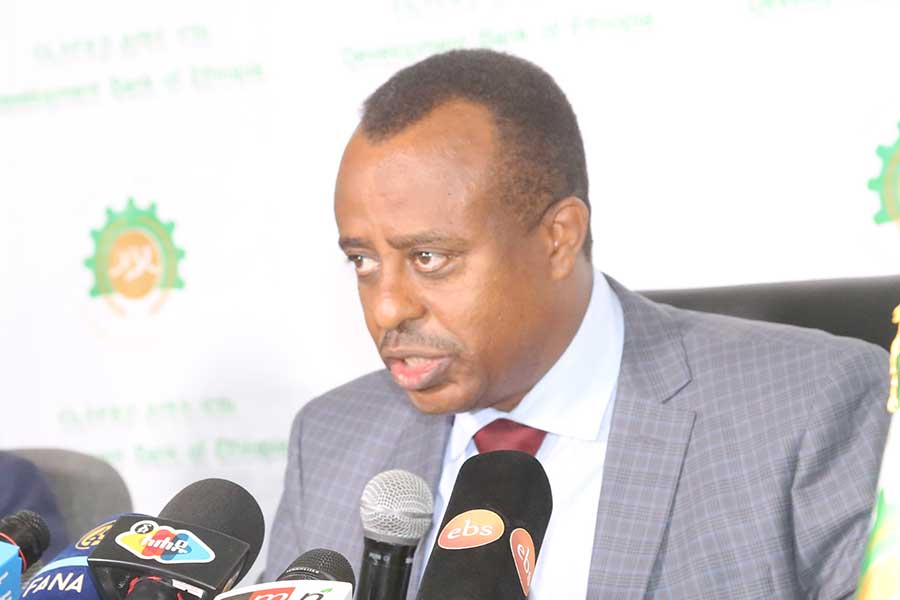
Fortune News | Aug 16,2020
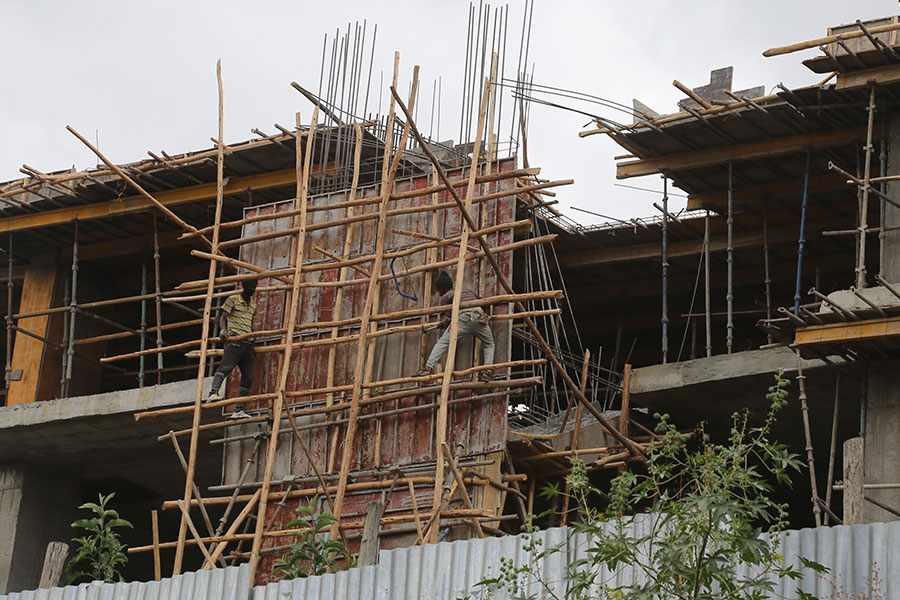
View From Arada | Apr 13,2019

Commentaries | Jan 13,2024

Verbatim | Nov 06,2021

My Opinion | 132151 Views | Aug 14,2021

My Opinion | 128561 Views | Aug 21,2021

My Opinion | 126482 Views | Sep 10,2021

My Opinion | 124091 Views | Aug 07,2021


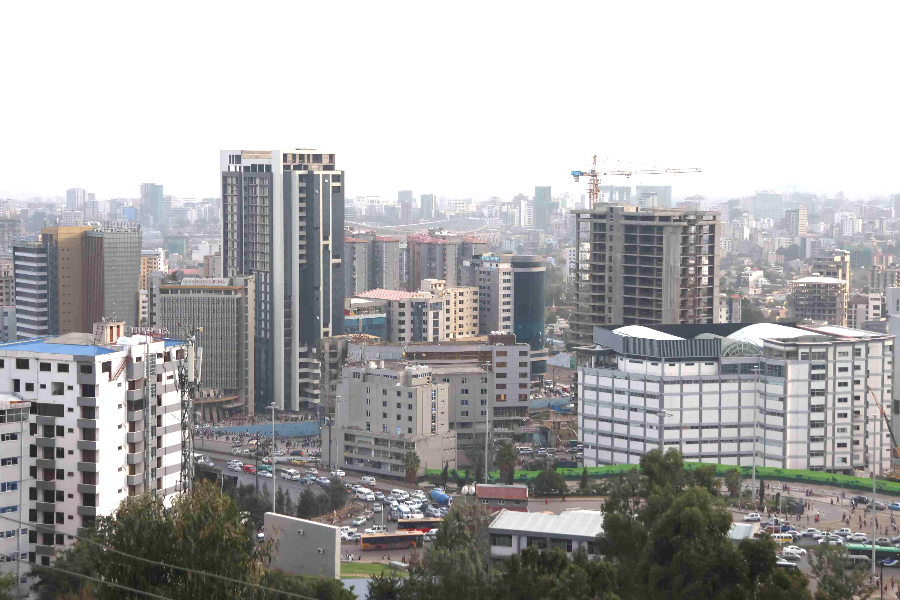


Dec 22 , 2024 . By TIZITA SHEWAFERAW
Charged with transforming colossal state-owned enterprises into modern and competitiv...

Aug 18 , 2024 . By AKSAH ITALO
Although predictable Yonas Zerihun's job in the ride-hailing service is not immune to...

Jul 28 , 2024 . By TIZITA SHEWAFERAW
Unhabitual, perhaps too many, Samuel Gebreyohannes, 38, used to occasionally enjoy a couple of beers at breakfast. However, he recently swit...

Jul 13 , 2024 . By AKSAH ITALO
Investors who rely on tractors, trucks, and field vehicles for commuting, transporting commodities, and f...
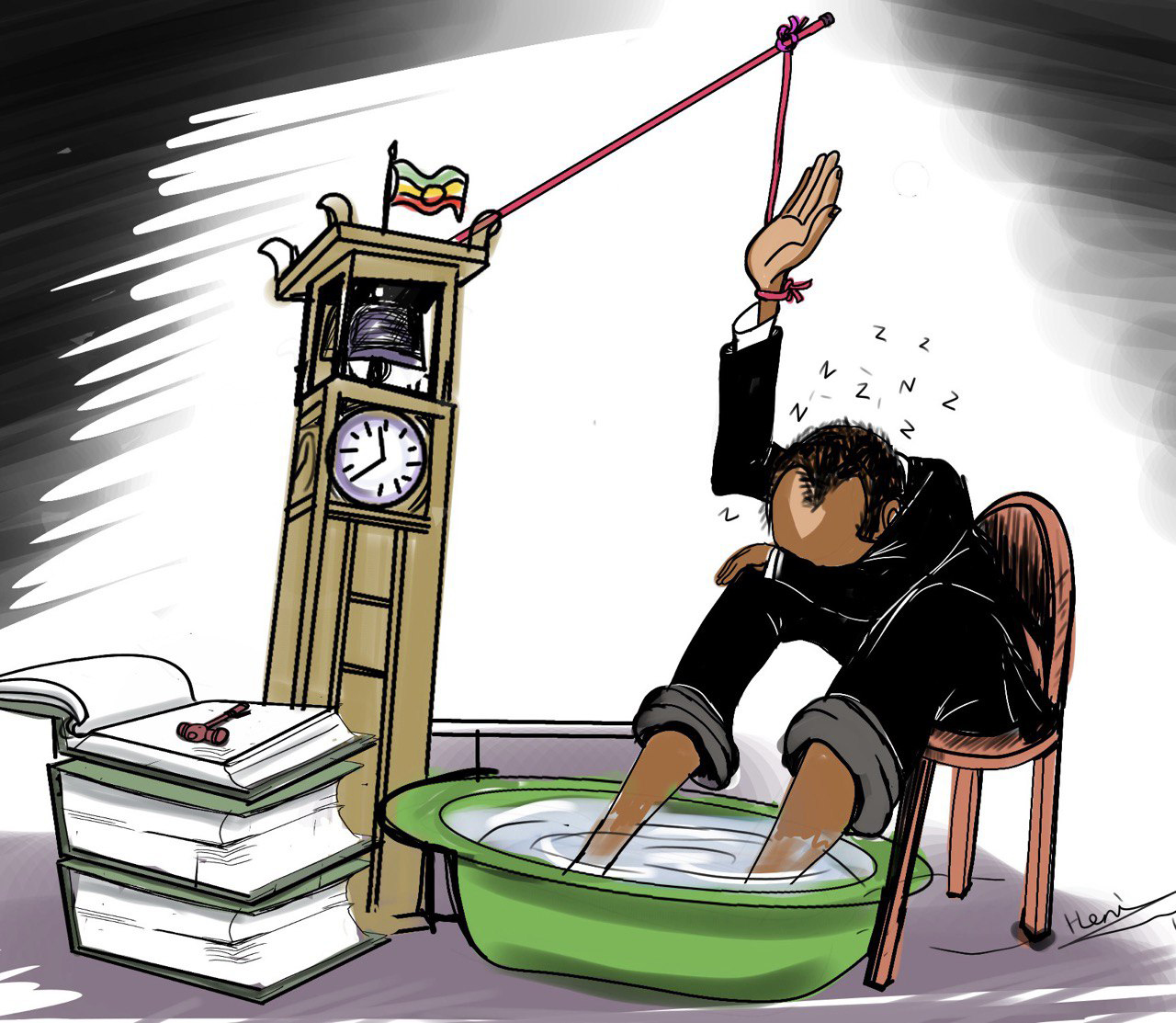
Jul 12 , 2025
Political leaders and their policy advisors often promise great leaps forward, yet th...

Jul 5 , 2025
Six years ago, Ethiopia was the darling of international liberal commentators. A year...

Jun 28 , 2025
Meseret Damtie, the assertive auditor general, has never been shy about naming names...

Jun 21 , 2025
A well-worn adage says, “Budget is not destiny, but it is direction.” Examining t...

Jul 13 , 2025 . By YITBAREK GETACHEW
The Addis Abeba City Revenue Bureau has introduced a new directive set to reshape how...

Jul 13 , 2025 . By BEZAWIT HULUAGER
Addis Abeba has approved a record 350 billion Br budget for the 2025/26 fiscal year,...
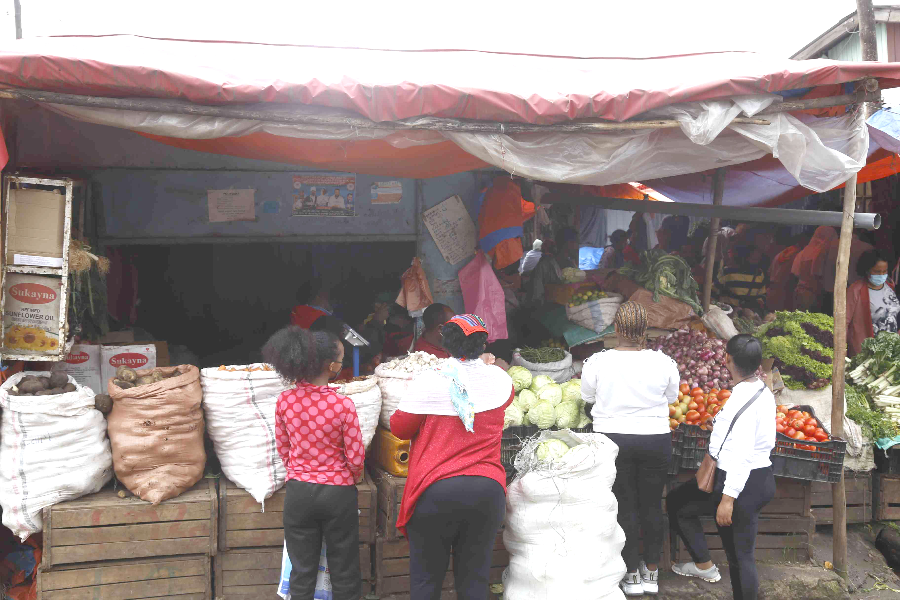
Jul 13 , 2025 . By RUTH BERHANU
The Addis Abeba Revenue Bureau has scrapped a value-added tax (VAT) on unprocessed ve...
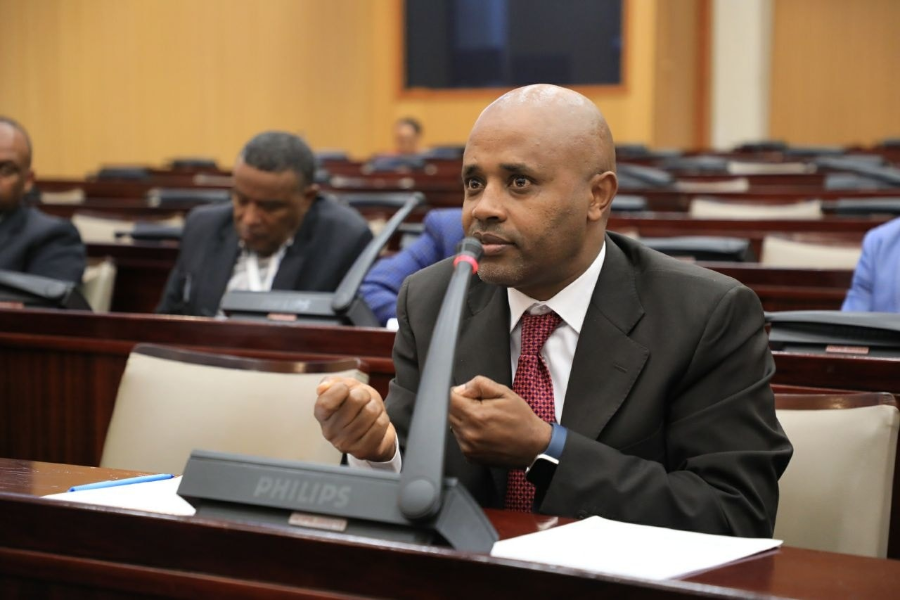
Jul 13 , 2025 . By NAHOM AYELE
Federal lawmakers have finally brought closure to a protracted and contentious tax de...